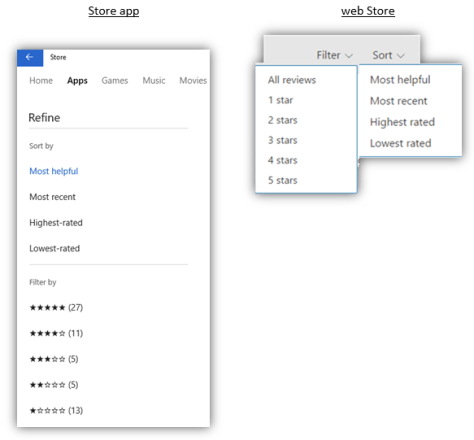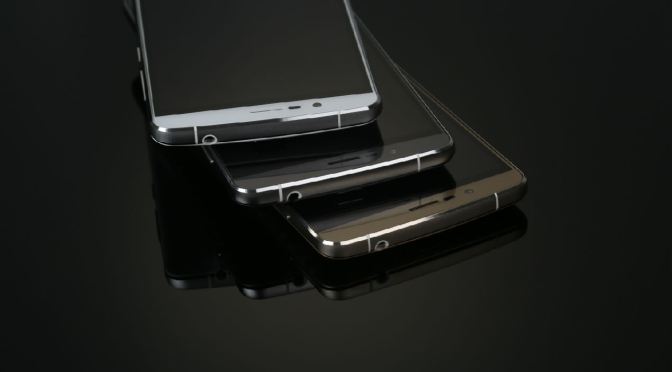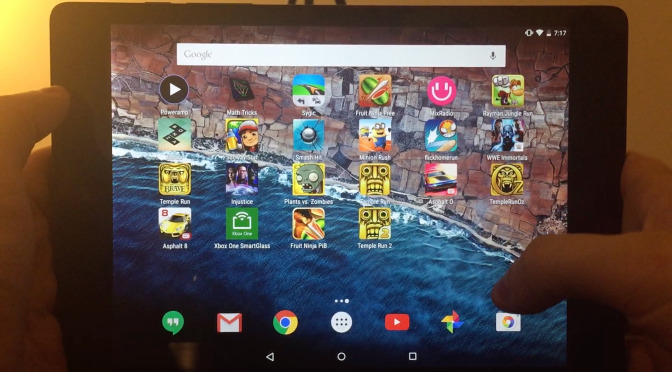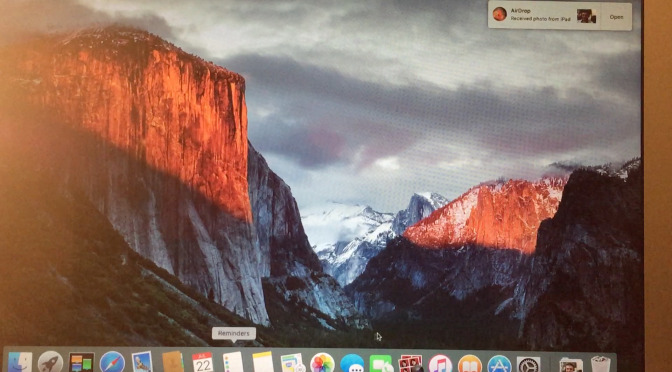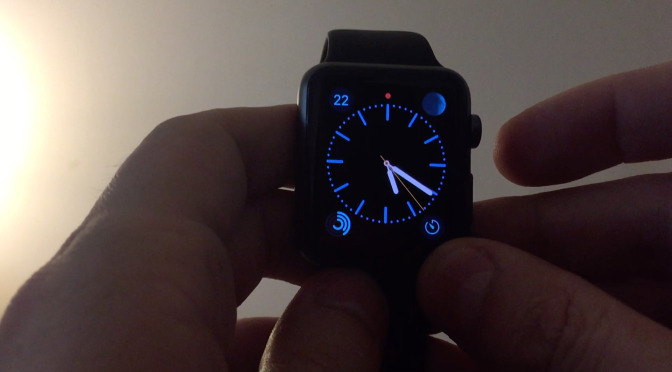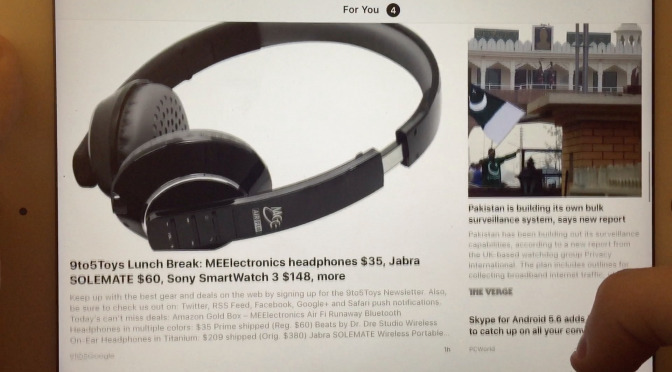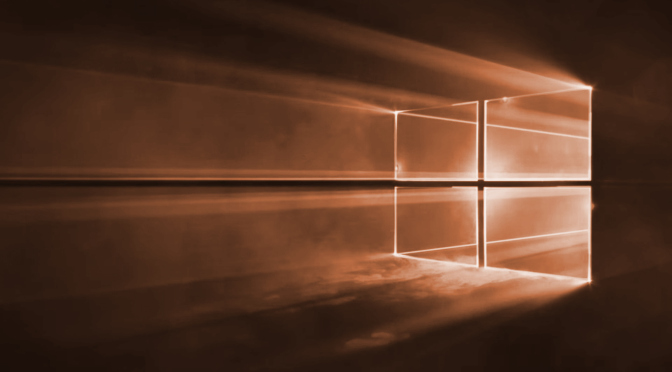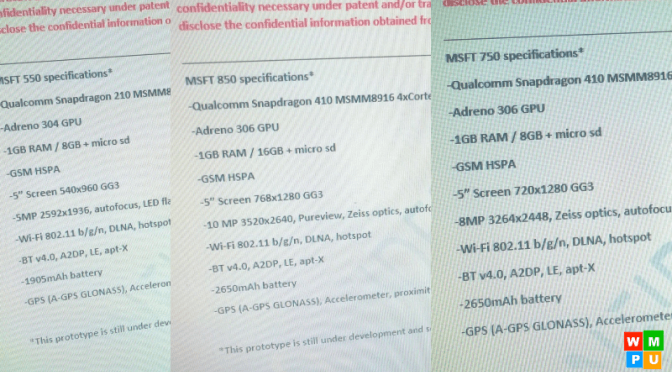Today, Microsoft posted a blog post stating that Store listings and search algorithms have changed.
There’s a lot of info there. It really looks like they’ve fixed Windows Store search, which is a really good thing, considering how bad it was in Windows 8.1 and Windows Phone 8.1.
Store listing and search algorithms
- Search algorithms optimized for apps, games, movies, and music rather than the general web search used earlier. These algorithms take a more holistic approach when evaluating an app’s relevancy to the search terms, factoring in attributes such as click-through rates in the Store listings, ratings and reviews, keywords, and total downloads.
- Apps that customers have previously acquired are not currently filtered out of searches or app lists. As a result, customers may see apps they already own in the Store lists and recommendations. We are planning to remove previously-owned apps from the recommendations in a future update.
- Lists will not include ‘top grossing.’ The lists available today include ‘top free,’ ‘top paid,’ ‘best rated,’ and ‘new and rising.’ The ‘top grossing’ app list, which is currently available in the Store on Windows 8, will be temporarily unavailable, with plans to bring back this capability in a future update.
- Store lists always show Apps first, then Games, then Music, then Movies. When users search for items, the order of the results might not be the ideal, and that is also a focus area for future improvement.
App listings and web Store
- Windows Phone screenshot auto-rotation orientation no longer available. Windows Phone Dev Center enabled developers to submit vertical screenshots and Dev Center would rotate them. The new Dev Center does not have this ‘auto rotate’ filter. So you might see some Windows Phone screenshots appear vertical instead of horizontal in the Store. The fix is easy: re-submit the screenshots rotated with any image editor, then upload to Dev Center.
- New web Store and URL redirects: The previous Store URLs windows.microsoft.com and www.windowsphone.com now redirect customers to the new web Store apps.microsoft.com. Existing URLs and links continue to work and automatically redirect customers to the new Store.
- Installing apps from web Store not available. Installing apps to a Windows Phone when using the Store in a PC browser is not supported. Apps must be installed from the device itself.
- Logged out customers may see both Windows and Windows Phone apps. If a customer is not logged in to their Microsoft account on Windows 8.x or Windows 7, the web Store will show both the Windows and Windows Phone apps. This means the customer may see duplicate apps (for non-linked apps).
- URL to show all apps from one publisher no longer available. The URLs that pointed to all apps from a single publisher in Windows Phone (e.g. https://www.windowsphone.com/en-US/store/publishers?publisherId=xxx) are no longer supported. Customers can select a publisher’s name in an app’s product description page to view a list of the publisher’s apps.
- You might need to adjust your app description. Existing Windows 8.x apps will also be available to all Windows 10 users, so make sure the description does not indicate that the app only ‘runs on Windows 8.x’ or similar description. The Store will try to detect the OS of a user, and will adjust which apps to show or indicate if an app is not compatible with a user’s device.
- App version, last update date, and device compatibility not visible in the app page. The app description pages do not include which devices the app works on, nor does it show the app version and last update date. We are working to bring these popular features back in a future update. One recommendation is to add the app version in the app description when you update your apps.
Ratings and Reviews
- Migration of all the Ratings and Reviews. Ratings and reviews in the Windows 8 and Windows Phone Stores were migrated and will be visible to Windows 10. Ratings and reviews provided by customers using Windows 10 will not appear to customers using a previous OS.
- New Ratings and Reviews Algorithm. The Windows 10 Store uses new review sorting logic to improve the customer experience in a variety of ways:
- The most recent reviews with most ‘helpful’ votes are bubbled to the top of the list, ensuring comments on are relevant and useful for customers looking at your app.
- The profanity detection algorithm has been updated and improved. As customers change the way they use profanity in reviews, the algorithm will adapt and further refine the way it detects inappropriate language.
- New spam detection will detect and remove more spam before customers see it.
- Review filter: Customers will be able to search reviews in both the Store app and the web Store. Filters can be set for star ratings, most helpful, newest, highest-rated, and lowest-rated.
- Unified Ratings and Reviews for Linked Apps. The unified Dev Center dashboard treats linked Windows and Windows Phone apps as a single app with multiple packages. Ratings and reviews for any package in the linked app are applied to the app, regardless of whether the rating was provided on a Windows Phone app or a Windows 8.x app. In Windows 10, customers will see combined reviews and ratings for both apps in the new Store as well a unified star rating. Customers accessing the Store on earlier OS versions (e.g., Windows Phone 8.1) will not see the new combined rating. A device-specific filter is planned for a future update, enabling customers to see just reviews for their device type.
- Ratings and reviews submitted in Windows 10 previous to July 15 were deleted. Ratings and reviews submitted by customers using the preview versions of Windows 10 were removed from the Store on July 15, 2015. This action was taken to ensure an app’s rating and reviews are not based on customer experiences with preview versions of Windows 10. Instead, apps will only show Windows 10 ratings and reviews generated after July 15. Depending on the ratings your app received in the Store preview, you may see your average star rating change.
One of the things that are bothersome is that users can no longer download apps from the web Store. Previously, with Windows 8.1 and Windows Phone 8.1, there was an install option which never worked. It would send an email to the user with instructions to download the app.
It’s disturbing because many users are stating that they can’t download MixRadio on Windows 10 Mobile. It’s not in the Store and they can’t download it from the web Store.
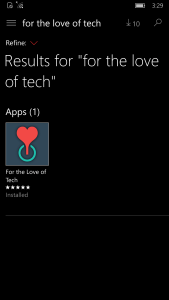 Personally, I think the new Store looks fantastic. I can find my app, which is all I ask for. It’s also a massive improvement from the Windows 8.1 Store.
Personally, I think the new Store looks fantastic. I can find my app, which is all I ask for. It’s also a massive improvement from the Windows 8.1 Store.
Source: Windows Blog




